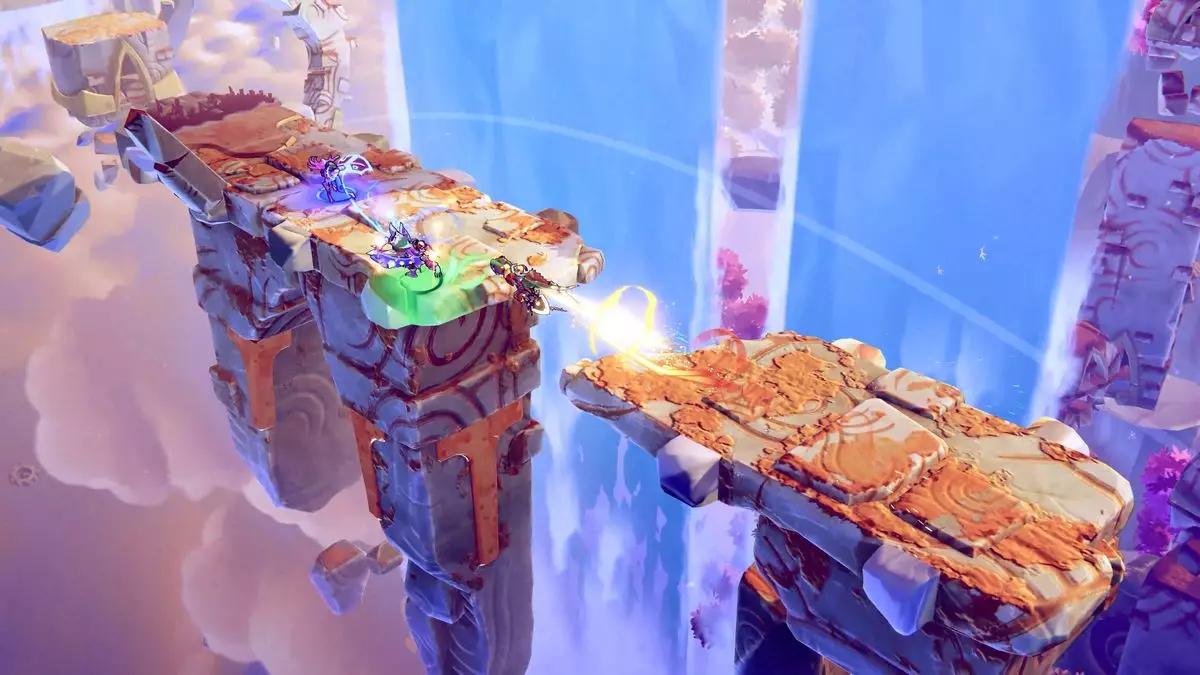In the realm of game development, the relationship between developers and players has undergone a transformative evolution, particularly in the age of digital distribution and early access platforms. The developers at Motion Twin, renowned for their acclaimed title Dead Cells, are once again pioneering this approach with their latest project, Windblown. The team firmly believes that player feedback is essential for crafting engaging and memorable gaming experiences. Thomas Vasseur, a developer at Motion Twin, emphasizes the value of feedback in game development: “Players are very, very helpful to make games like that.” This statement highlights the studio’s commitment to iterative design, representing a broader industry trend towards inclusivity in the development process.
The early access model allows the developers to gather insights from the player community before the game reaches its final state. As noted by Vasseur and his colleague Yannick Berthier, the team commenced player engagement well before Windblown’s scheduled Steam early access release on October 24. With 200 to 300 players participating in a closed alpha test, positive impacts on gameplay dynamics have already emerged, demonstrating the significance of community involvement in shaping game mechanics and overall player experience. Berthier explains, “They already shaped the game in a lot of ways, in a lot of systems,” showcasing how the collaborative nature of modern game development can enhance creativity and innovation.
Challenges of Early Access: Not a One-Size-Fits-All Solution
While Motion Twin thrives in leveraging early access to refine Windblown, the developers do not advocate this model as a universal solution for all studios. “It depends on the game you want to do,” Vasseur remarks, illustrating that the efficacy of early access can vary dramatically depending on the genre and structure of the game. For roguelite games like Windblown, the formula is particularly conducive to this model because of its inherent replayability and modularity. Developers can seamlessly incorporate player feedback into multiple iterations, allowing for continuous content updates and improvements.
Conversely, for narrative-driven experiences or complex genres such as Metroidvania, the integration of player feedback can pose significant challenges. Vasseur points out that altering elements like a character’s moveset in a narrative context requires comprehensive revisions of the game’s level design. Therefore, early access may not be as advantageous for projects requiring a rigid framework and a cohesive storyline. This insight challenges budding developers to carefully evaluate the merits and drawbacks of early access in relation to their game’s unique needs and design.
The Role of Modularity in Enhancing Game Development
One of the key factors in the successful implementation of the early access model is the modularity of the game’s systems. Berthier underscores this concept by explaining how modular structures allow developers to add or remove content dynamically. For instance, the team can adjust biomes and weapon systems without severely disrupting the game’s integrity. Such flexibility offers significant advantages during the development process, enabling rapid iterations based on player responses. The adaptability characterized by modular game designs can lead to a richer and more engaging player experience while alleviating some risks associated with early access.
This notion of flexibility extends beyond mere content updates; it represents a broader philosophy in game development. As motion.graphics increasingly adopts this collaborative approach, teams are not only responding to player needs but are actively involving their audience in the creative journey. This participatory model fosters a deeper connection between players and developers and can lead to distinctive gaming experiences shaped by community input.
The journey of Motion Twin with Windblown serves as a significant case study in modern game development and the increasing relevance of player engagement. The insights drawn from this experience illustrate the duality of the early access model: while it presents opportunities for collaborative creativity, it also imposes challenges that developers must navigate carefully. As the gaming landscape continues to evolve, the ongoing dialogue between players and developers will be pivotal in shaping the future of interactive entertainment, pushing boundaries and redefining what it means to create meaningful and memorable gaming experiences.


Leave a Reply